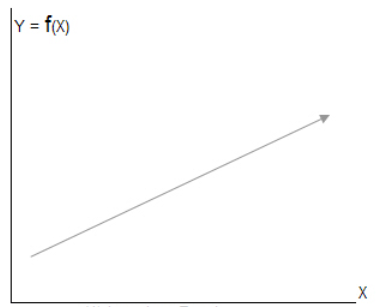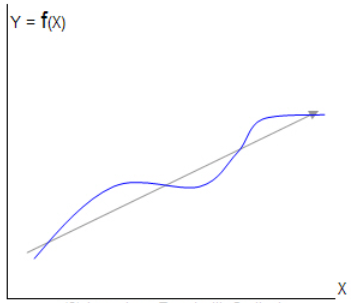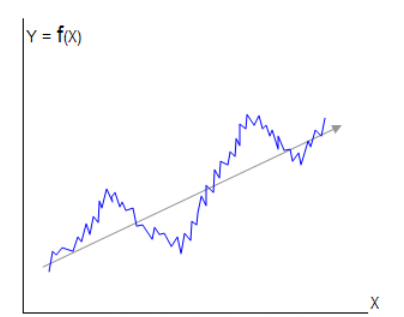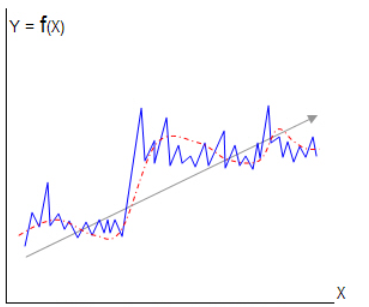 N O T I C E
N O T I C E 
MSPbots WIKI is moving to a new home at support.mspbots.ai![]() to give you the best experience in browsing our Knowledge Base resources and addressing your concerns. Click here
to give you the best experience in browsing our Knowledge Base resources and addressing your concerns. Click here![]() for more info!
for more info!
 N O T I C E
N O T I C E 
MSPbots WIKI is moving to a new home at support.mspbots.ai![]() to give you the best experience in browsing our Knowledge Base resources and addressing your concerns. Click here
to give you the best experience in browsing our Knowledge Base resources and addressing your concerns. Click here![]() for more info!
for more info!
Financial Forecasting is a key tool which enables users to make informed decisions on resource allocation, investments, budgeting, risk management, and strategic planning. By analyzing historical data, trends, and seasonality we can plot potential future outcomes and at the very least make decision makers aware of the direction of the company's finances.
Background and Methodology
Seasonality Example:
The above example illustrates the high price seasonality of two commodities, corn and soy. Where abundant supply in in the fall harvest period results in lower prices which reaches its peak during the summer months.
Components of Time Series
- Trend b. With Cyclical values
- Trend b. With Cyclical values
Fig. a displays a simple trend line of value (Y) over time (X). Fig. b Trend line overlaid with cyclical (regularly recurring) movement.
c. With Cyclical and Seasonal Variations d. Wtih Cyclical and Seasonal Variations and Random fluctuations
.
Figs c & d adds Seasonal and Random value movements.
Forecasting Actual Gross Margin, Revenue, and Expenses
We use a machine learning model to automatically calculate and detect a) The overall trend b) Seasonality.
To forecast values, the model uses an 1.) Autoregressive Technique, which assumes a set of time series data is dependent on its past values and there is a linear relationship between the current value and its past data; 2.) Fournier Method of forecasting which is designed to improve the accuracy of of time series forecasting by incorporating a more flexible prior distribution for the trend component, allowing for more complex and non-linear trends in time series data. The method also incorporates additional parameters to factor in seasonality.
This being a Machine Learning model, it gets better with more data! Ideally we need 1-2 years data at least to achieve an acceptable level of accuracy and error margin.
Autoregressive models are used in financial and stock market forecasts and economic modelling. The Fournier method is widely used as a forecast method in industries such as finance, retail, and manufacturing.
- Gross Margin Forecast
Gross Margin is calculated as Total Revenue - Total COGS) / Total Revenue. Although Revenue and COGS can be modeled separately, we take the calculated value and run it using our model. As of posting, we see an average 93% accuracy as measured by the variance (yellow line) between forecast and actual for the 3 months using sample data.
2. Revenue Forecast
Sample data shows an average accuracy rate of 84.3% for the seven months plotted with the overall trend captured, with the dip from Dec 2022 to Jan 2023 as an example.






